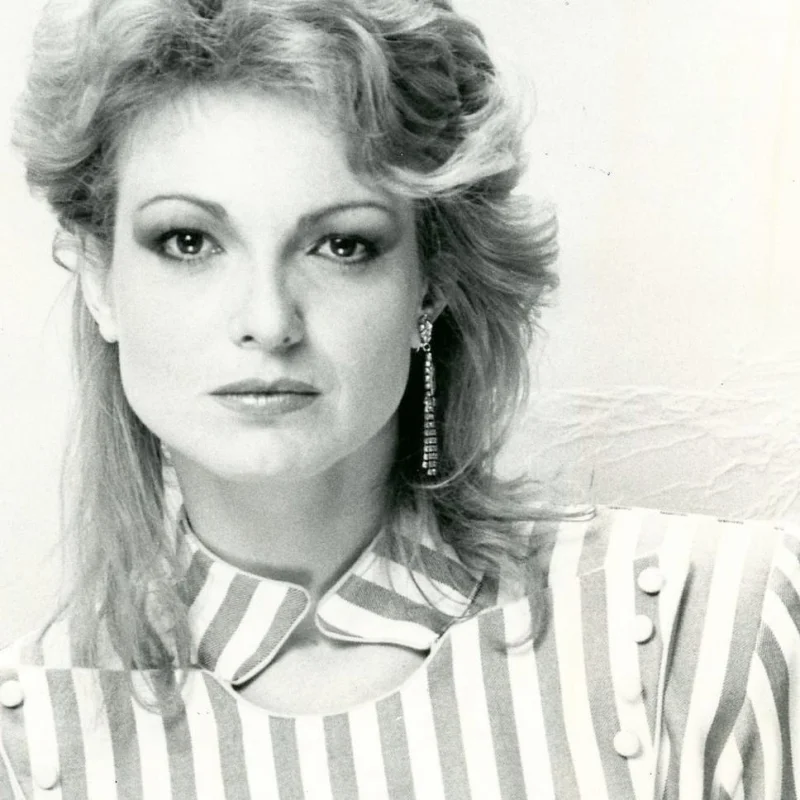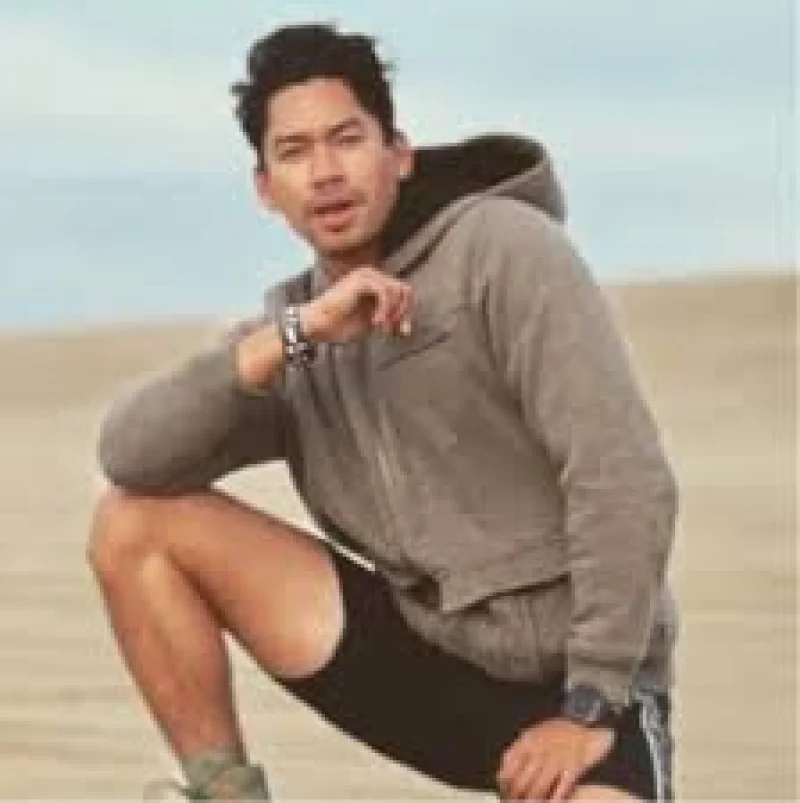Short Summary
Seydou Keita was a celebrated Malian photographer renowned for his captivating portrait work. He is best known for documenting the cultural and social landscape of Bamako during the mid-20th century, capturing the transition from colonial rule to independence. Keita's portraits are celebrated for their technical mastery and the dignity he bestowed upon his subjects, making him a pivotal figure in the field of photography. His work continues to be exhibited worldwide, influencing generations of photographers and artists.
Early Life & Education
Born in 1921 in Bamako, Mali, Seydou Keita grew up in a culturally rich environment, which profoundly influenced his artistic career. His family was involved in carpentry, providing a stable backdrop for his early years. Keita's foray into photography began when he received a Kodak Brownie camera from his uncle in 1935. Self-taught, he honed his skills through practice and experimentation, drawing inspiration from local traditions and the vibrant community around him. Keita's early exposure to photography laid the foundation for his later career as a portrait photographer.
Career Highlights
Keita's career as a professional photographer began in the late 1940s when he established a studio in Bamako. His work primarily featured portraits of local residents, capturing their individuality and style. During the 1950s and 1960s, Keita gained popularity for his ability to convey the dignity and beauty of his subjects, often using natural light and minimal props. His studio became a cultural hub, attracting clients from various walks of life. The portraits from this period are celebrated for their artistry and cultural significance, marking a distinctive era in Mali's history.
Major Achievements
- Recognition as a master portrait photographer in Mali, capturing the essence of Bamako's residents during the mid-20th century.
- Exhibitions of his work in major international art venues, including the Museum of Modern Art in New York and the Grand Palais in Paris.
- Posthumous recognition with retrospectives and publications celebrating his contribution to photography.
Famous Quotes
- "I wanted my photos to be perfect."
- "Each person wanted to look better than the next."
Interesting Facts
- Keita's studio became so popular that he sometimes took over 50 portraits in a single day.
- His work remained relatively unknown outside Mali until the 1990s when it gained international acclaim.
- Keita's portraits often featured a mix of traditional and modern clothing, reflecting the cultural shifts of his time.
Legacy / Influence
Seydou Keita's work continues to be celebrated for its artistic and cultural significance. He is widely regarded as a pioneer of African photography, with his portraits offering invaluable insights into Mali's social history. His influence extends beyond photography, inspiring contemporary artists and photographers to explore themes of identity, culture, and heritage in their work.
FAQ
Q: Why is Seydou Keita famous?
A: He is famous for his masterful portrait photography documenting Bamako's cultural landscape during the mid-20th century.
Q: What is unique about Keita's photography?
A: His portraits uniquely capture the dignity and individuality of his subjects, using natural light and minimal props.
Q: Where can Seydou Keita's work be seen?
A: His work is exhibited in major art museums worldwide, including the Museum of Modern Art in New York and the Grand Palais in Paris.











